Scotland (5) Clans and Tartans

Clans anclTartans
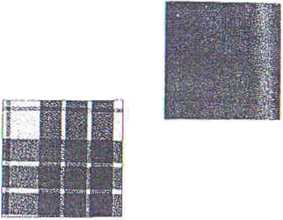
The Mackays. olsu known as tbe Clnn Morgan, won lasiing ręnown during the Tb i iły Years War
The MacDon?łlrfs
utarg the w os, pliw-ful of uli the clans. holding the lilie of Lcrds of the Is/es.
The Campbells
were a widely fcared elan who fougbl the Jacobites in 1746 (set- pM7)
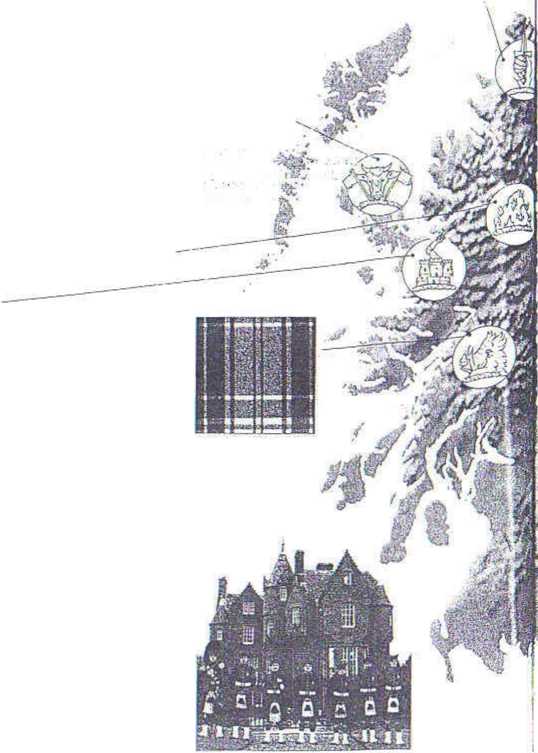
hilied
sword
The MacLeods are
of Morse herilage. The ckm chief stilllives in Dumjegan Castle, Sbye.
100 years.
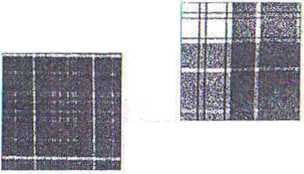
The Mackenzies
receiued much of the lands of Kinu.nl (sec pi 51) front Dcn ict // in 1362
The elan system, by whnh High land scciecy was divided into iribal groups led by autocratic chiefs, can be traeed to che = 2tii cen tury. w hen clans were already known to wear the cliecjuered wool ciotki laier called tartan. Al! members of the elan borę rhe name of their chief, bul noc all werc relared by blood. Though tney had noble codes of hospitaliry. the clansmen had to be warriors to prorect their herds, as can be seen from their mottoes. After the Battle of Culloden (seep'146), a!! the elan lands were forfeited to rhe Crown, and the we a ring of tartan was banned for nearly
CLAN CHIEF
The chief was che clan‘s patriarch, jutlge and leader in war, commanding absolute loyalry fnom his clansmen who gave mih-ta$y seivice in rcuirn for his proccccion. The chief ,sum-moned his elan .
lo dp Iwtlle hy % / !££*
stiidmg a run- f«uhc«,
ner across his Wraffiiwk cLm ncsi
land bearing a and plum
burning Mik -źt
cross.
Dirk 5porran, or pourl).
ii- “Je •-km
mor. or great pbicT
(the curly
kilO. \vtu|v-
pc*d .uound
wai.sj and shouldcr
The Black Watch, raised in 7 729 to kecppeace in the High lands, u.as one of the lligbland regtmerus in which the wearing of tarłan sur-oined. After J 746, ciuilians u>ere pmushed by exile for up to seven )vars for uvuriug tanan
Cotton grass was worn by rhe Gan Hendetson
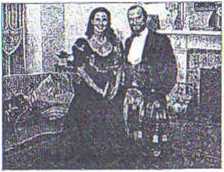
The Sinclairs eonie front brance in the (Jth ti•uttby an{! boutnw Bark oj Ódlhn^s in 1455
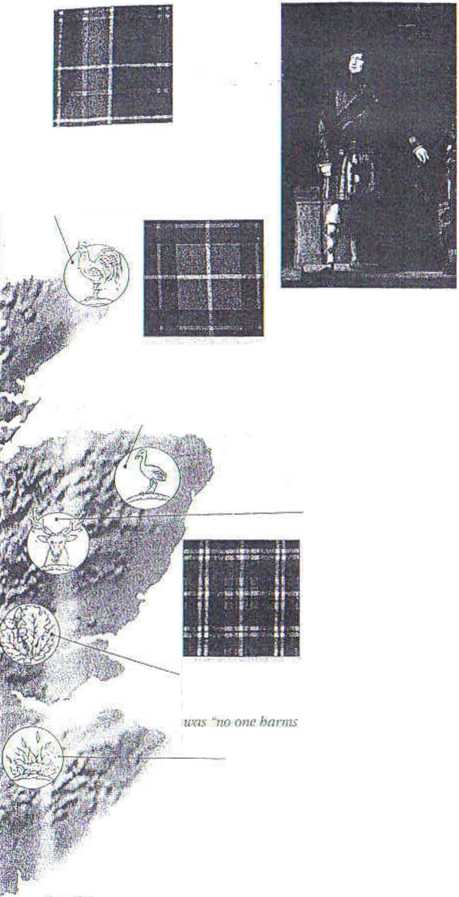
The Douglas elan uwprominent in Scottid) bisiory, though tis origin is tmknown
George >V, dreśscd as a Uigblander,uisited Edinburgb in 1822, theyearof the tartan The Frasers cumę recital. Many tartan setts' over to Britain from (patterns) dale from this time,
f rance with William as rbe origiml cnes were lód. the Corujucror and hisfollouwrs m 1066
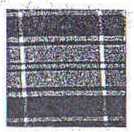
The Gordons toere
fatnously good soldiers, the elan mottu was "bycour-age, not by craft
PLANT BADGES
Fach elan had a plant associated witli irs ter-mory. U was worn or« the bon ner, especially on the day cf banie.
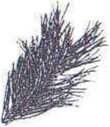
Scots pine was worn by rhe MacGfegors of Arjjyll

Hcw-Hrt Im r «•> were won*
Dy dv •'■.i.Mi v.i!'.oln'

iw was wom hy the Gan Gordon of Abcrtleenshue.
The Stuarts were Scotland's royal dynasty Their motto
me toith impumty
CLAN TERRITORIES
The territories of 10 major clans are marked here with their elan cresis and tartan The pauerns shown are modern ver-sśons of original lartart designs.
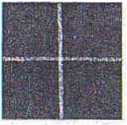

Spear thistle. ruiw a nulicmal symbol, was a Stuart badge

HIGHLAND CLANS TODAY
Once the ditily dress of the clansmen, the kili continues to be a symbol or nnrional pride The onc-Dwe fedeatlb-ntor has becn replaced by the Jeileadb-teag, or "smali pin id", madę from approximatcly 7 m (23 ft) of materiał with a double apron fastened at the front with a silver pin. Though tliey cxist ncw only in name, the clans are still a strong source of pride for Scors, and rnany Mili livc in arcas trartiiion-ally helonging to their clans. Many visitors to Britain •_:jn tracę their Scots ancestry back to rhe 1 fighlancLs. Modern Highland formai dress
Wyszukiwarka
Podobne podstrony:
skanuj0009 (376) Neuroanatomy 9. Spinał Cord.13 Spinał Cord, Topography A Spinał cord and spinał ner
geologia matpom44 Plates and Platę Tectonics 23labie 2-2 - THE LAYERS OF THE EARTH _ &nb
image019 ... if you think that heart disease and stroke hit only the other felloy/s family. No one i
00057 ?3894d9003361260a26a45e7f0f6dd0 56 Hembree & Zirnmer where Gt = P; H’(R< + H P; H’) 1
00104 U22672e84810718d615778de2b5b475 103 The OCAP benefits are experienced by production superviso
00114 ?a8afe54cef5892f75743697dafe07d 114 McWilliams would be if used as the finał value, and teste
00210 ?246880ef8acb759604ec0c539ba3cf 212 Messina, Montgomery, Keats & Runger EWMA and tracking
00352 Y81713c432e612628e0c1a55ba8c097 356 Prairie & Zimmer Let Ed be the number of defective un
00415 1cdc7e274264a757ddf23613a7dcc74 419 Process Capability: Engineering and Statistical Issues Cr
00467 Xfbb31bd3227a9d9cedd56fce10b52e 21An Algorithm and a Graphical Approach for the Economic Desi
img012 (40) - -a łiiii*; LAURA S CARDIGAN fits an intricate slip-stitch and intarsia pattern into
img041 4 296 EMPLOYERS UABILITY equipment in proper condition, and the morę complex and dangerous t
więcej podobnych podstron